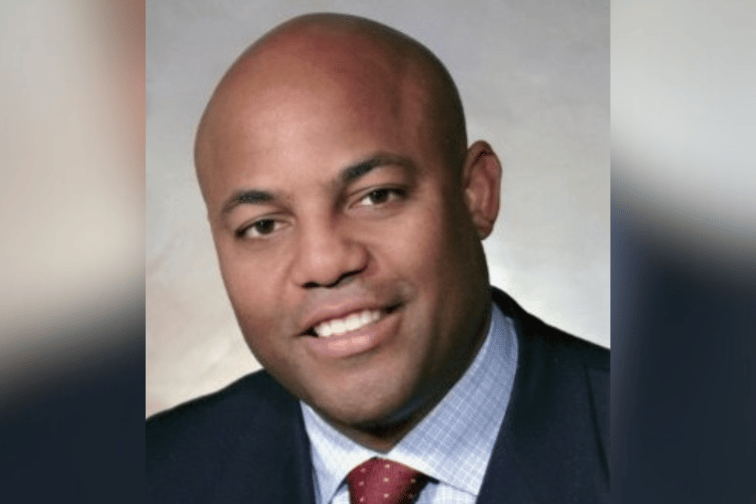

Amid growing concerns that artificial intelligence (AI) could perpetuate unfair bias in insurance, one company is using the same technology to make underwriting more inclusive.
Mammoth Life & Reinsurance, which bills itself as the nation’s only minority-owned insurance distribution and reinsurance carrier, is making a small contribution to change by radically expanding the number of data sets that can be analyzed to understand an individual’s risk for life insurance.
“We think about it like pixelization on a TV,” said Bryan Simms (pictured), co-founder and president of Mammoth Life. “Black and white screens were the standard 40 or 50 years ago, but you could only see so much detail in that picture. Fast forward to today, we have 5K, where it appears as though the images on the television are lifelike.
“We look at data the same way. The availability of ‘pixels’ for us to analyze is almost endless.”
One of the biggest hurdles for traditional insurers is a lack of technology infrastructure and expertise in data science techniques that will allow them to analyze ever-growing troves of data.
The broader adoption of AI and predictive modeling could worsen bias in life insurance. While AI isn’t inherently biased, AI models trained on data with biases will likely amplify them in its decision-making process.
“Most traditional insurers underwrite life insurance based on five criteria: age, gender, zip code, whether you are a smoker or a nonsmoker, and marital status,” said Simms. “That can lead to and has led to very narrow definitions of acceptable risk for insurance carriers.”
Zip code is the single largest contributor to narrowed definitions of acceptable risk, according to Simms. Demographic groups in low-income areas are less likely to get affordable coverage due to data linking these areas to poorer health outcomes. AI models could marginalize these “riskier” groups by unfairly assigning them higher premiums.
“There are limitations being placed on the writing of a product or creation of a product for those communities with those traditionally stereotyped descriptions of ‘bad risks’,” Simms said.
“What we’re doing is expanding the amount of data that’s being used to assess that risk in communities that have been underserved. Fifty per cent (50%) of Americans, regardless of socioeconomic status or ethnic status, are under or uninsured from a life insurance perspective. A large portion of those underserved communities are communities of color.”
Mammoth Life’s mission is to partner with carriers to deliver accessible and inclusive insurance products to uninsured and underinsured markets. To do this, it’s leveraging AI and machine learning to analyze 100s of publicly available data points that traditional insurance companies have yet to tap.
The company is the reincarnation Mammoth Life and Accident Insurance Company, which was established in 1915 in Louisville, Kentucky, by formerly enslaved individuals who pooled resources to self-insure after being rejected by mainstream insurance markets.
The original Mammoth Life was bought by Atlanta Life Insurance in the early 90s. Launched in 2021, Mammoth Life & Reinsurance is organized into two divisions: Mammoth Life, the insurance sales and distribution division, and Mammoth Re, the reinsurance division.
For Simms, Mammoth Life is carrying on the legacy of black-owner insurance companies in the digital age by using technology to benefit underserved communities.
“We’re not weighed down by legacy technology and experience that would lead us to underwrite or define bad risk in ways that will be disadvantageous to underserved communities,” Simms said. “We have the luxury of being able to start de novo.”
Aside from making life insurance more inclusive, Mammoth Life is taking a step further by reinvesting the profits from the successful underwriting and distribution of representative life insurance products to its communities.
“Mammoth Life & Reinsurance is a company with big ideas and tactical execution,” Simms said. “Our goal is to humbly create about $30 billion of economic value in the communities we do business with.”
Supporting affordable housing initiatives, injecting private equity investment in communities of color to support diverse entrepreneurs, and providing loan facilities in communities where there are no large banks are a few ways Mammoth Life wants to reinvest its profits, according to Simms.
“There are several ways we could start to make a real impact with the surplus that we create from our success selling life insurance products, never mind the fact that we’re creating a means by which people can leave generational wealth to the heirs free of tax,” he said.
What are your thoughts on Mammoth Life & Reinsurance’s mission to make underwriting more inclusive? Please share them in the comments.
